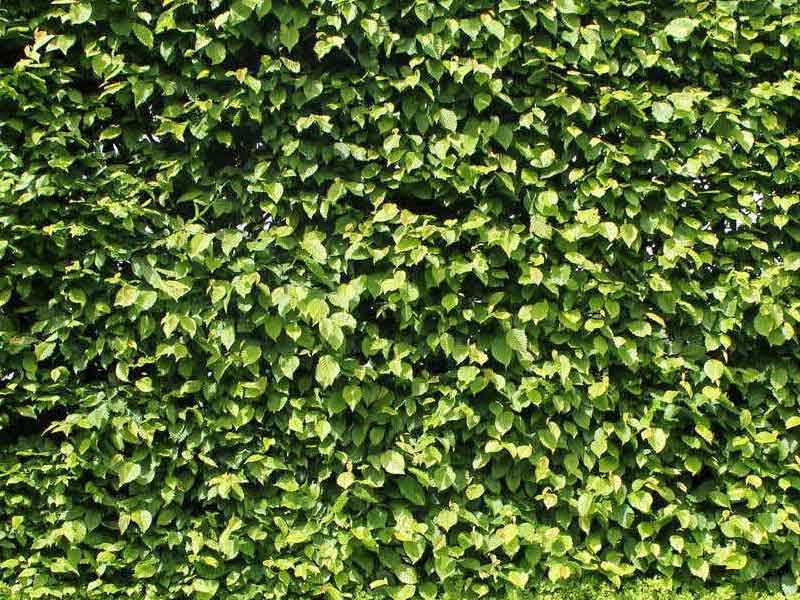Corylus avellana – Hazel Hedging

Corylus avellana – Hazel – Pot Grown
| Botanical Name | Common Name | Sizes Supplied | Item Price (£) + VAT | Pot |
|---|---|---|---|---|
| Corylus avellana | Hazel | 60-90cm | POA | 2ltr |
Corylus avellana – Hazel – Bare Root & Root Ball
| Botanical Name | Common Name | Sizes Supplied | Item Price (£) + VAT | Type |
|---|---|---|---|---|
| Corylus avellana | Hazel | 40-60cm | POA | BR |
| Corylus avellana | Hazel | 60-100cm | 0.80 | BR |
Key: BR = Bare Root | (Available November to March – Min Order 50 no. )
Details / Key Facts
Corylus avellana – Common Hazel is a vigorous, bushy native tree that makes a great country hedging plant for mixed hedges. It is shade tolerant, suitable for any soil and it bears edible nuts in autumn. In the wild, Hazel trees rarely grow with a single stem mainly because deer and other animals eat the leaves and shoots of young plants. They cause very bushy growth that ends up creating more of a large, multi stemmed shrub than a tree.
Key Facts
- Common name: Hazel
- Botanical name: Coryllus avellana
- Group: Hedge
- Flowering time: Spring
- Soil: Chalk, Clay, Sand, Loam
- Height and spread: 2.5-4 metres and 2.5-4 metres
- Aspect: South-facing or North-facing or West-facing or East-facing. Full Sun or Partial Shade
- Hardiness: Hardy
- Difficulty: Easy
PLEASE NOTE:
Native Mixed hedging is traditionally made up of 50% hawthorn & blackthorn, with remaining 50% split between the other varieties.
Minimum order 50 plants of each variety.
Recommend 5 plants per metre in a double staggered row.
How To Grow
Cultivation
Langley Horticulture recommend 5 plants per metre in a double staggered row. Grows well in chalky soil in sun or partial shade. For fruit production, grow as a goblet-shaped bush. Keep clear soil in a 60cm radius around trunk.
Propagation
Propagate by chip budding in mid- to late summer or grafting onto cLonally produced rootstocks or seedlings in late winter
Suggested planting locations and garden types
Hedging & screens low maintenance cottage & informal garden wildflower meadow wildlife gardens
Family
Betulaceae
Genus
Corylus are deciduous trees and large shrubs with broad leaves, and showy male catkins in early spring, followed by edible nuts.
Further Information
‘Cosford’ is a good cobnut for fruit and a good pollinator. Growing at least two cultivars will ensure cross pollination.
Delivery charges may apply and will be based on the order size and location so, please provide us with as much information when you contact us with your enquiry.
If you would prefer to collect up your order please email sales@langleyhorticulture.co.uk to make an appointment.
Please note that payments cannot be made online. A member of staff will call you and take payment over the phone.
